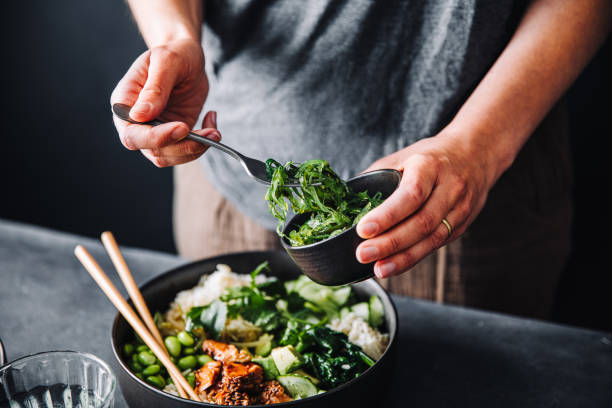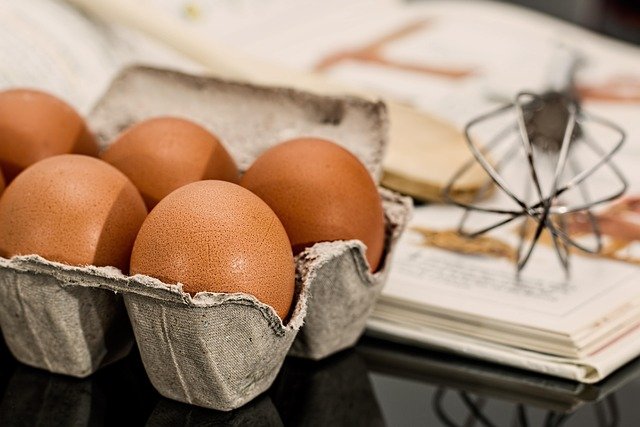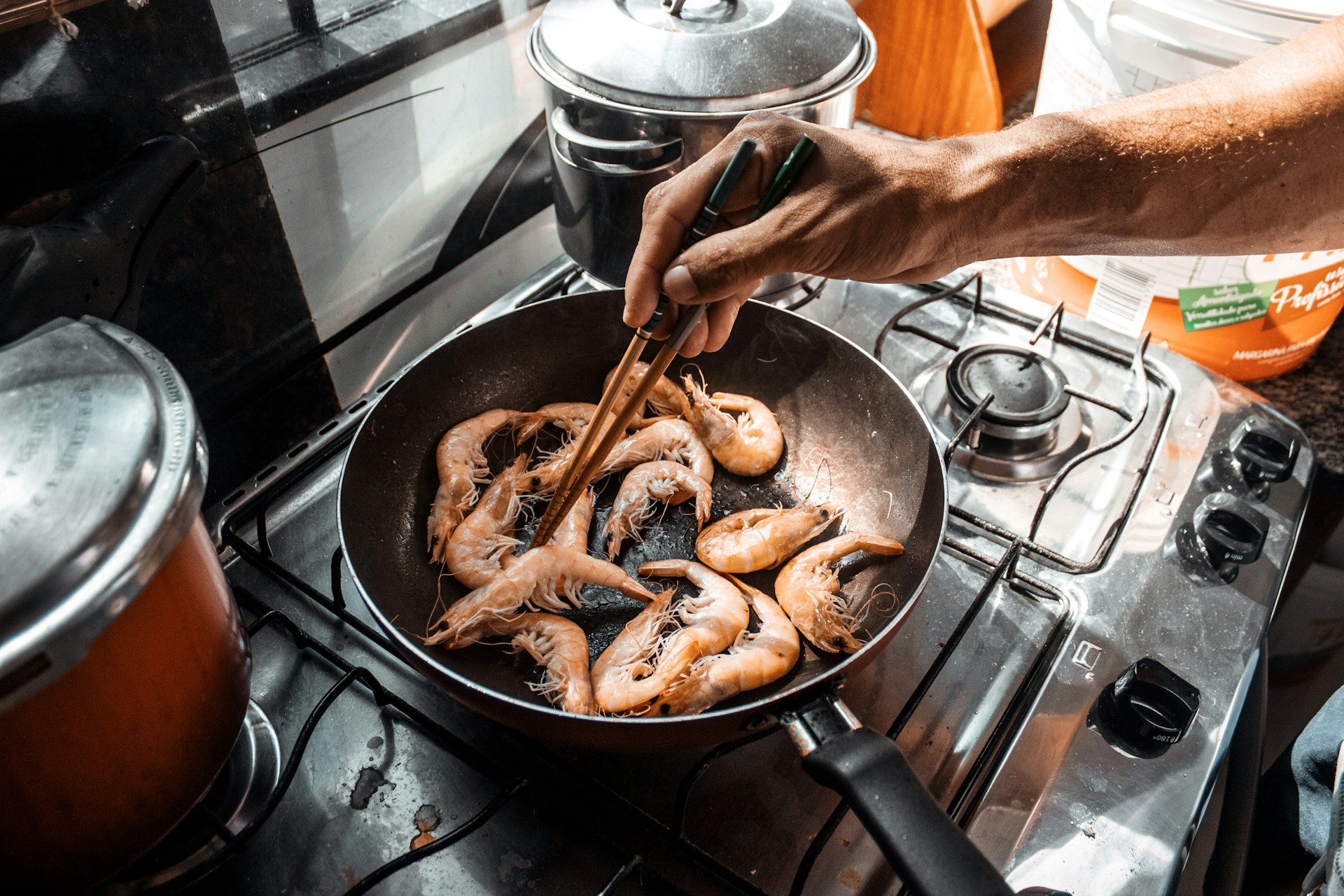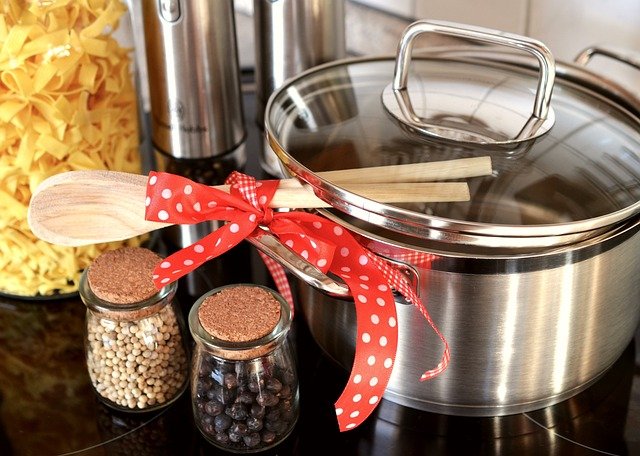Irresistible Desserts: Chocolate Cakes & Fruit Treats
Bring bakery-quality sweets into your kitchen with approachable dessert recipes for every season. From rich chocolate cakes and silky mousses to light, fruit-forward treats, this guide covers techniques, presentation tips, and essential equipment for confident home bakers. Learn how to balance sweetness, choose ripe produce, and use the right tools to elevate humble recipes into memorable desserts.
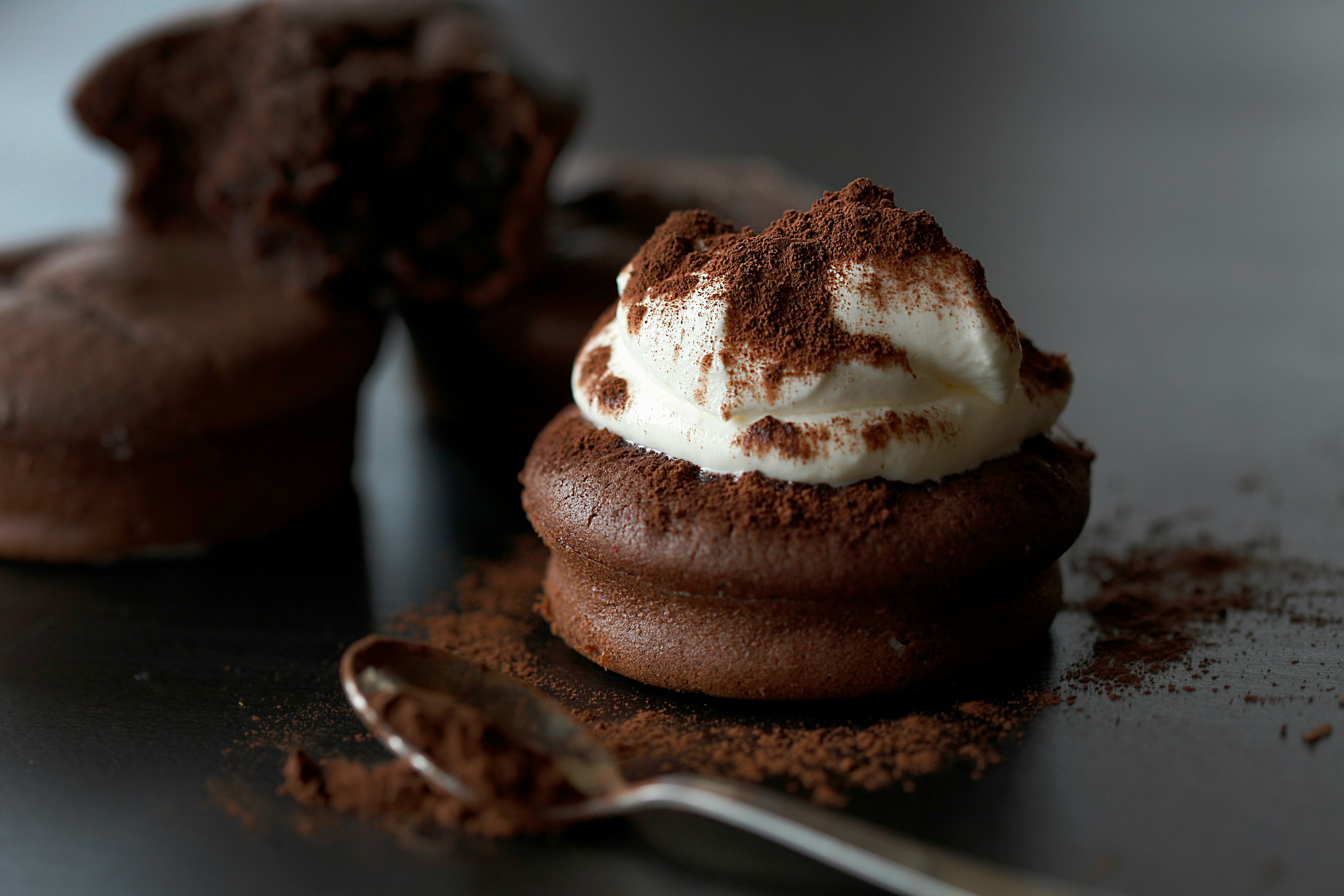
Fresh Fruit Desserts for Every Season
Seasonal produce makes dessert both vibrant and flavorful. In summer, lean on berries for pavlovas or fold ripe peaches into cobblers; in autumn, transform apples into crisps or gently poach pears for an elegant finish. Always taste your fruit first and adjust added sugar accordingly — many fruits are sweet enough on their own. Select fruit at peak ripeness and avoid over-blending or overcooking to preserve natural texture and bright flavor.
Creative Ways to Incorporate Chocolate in Desserts
Chocolate is incredibly versatile beyond the classic layer cake. Whip up a chocolate mousse using good-quality dark chocolate and softly whipped cream, or create velvety truffles from a rich ganache. Add chocolate to familiar recipes for a twist: dip strawberries, swirl chocolate into cheesecake batters, or fold chunks into brownie batter for pockets of molten goodness. For glossy finishes and crisp snaps, learn to temper chocolate correctly — it makes a noticeable difference in look and mouthfeel.
Simple Yet Impressive Presentation Techniques
Presentation can turn a simple dessert into a showstopper. Brighten plates with fresh fruit garnishes for color contrast and texture. Make easy chocolate decorations by piping melted chocolate onto parchment in shapes, chilling until set, then gently peeling away. The naked cake style, where layers are partly exposed, offers a modern, rustic aesthetic without complicated frosting work. Small details — a dusting of powdered sugar, a sprig of mint, or edible flowers — elevate a dessert instantly.
How to Achieve Restaurant-Quality Results at Home
Consistent, professional results come from attention to detail and practice. Use precise measurements (a digital scale is invaluable) and control temperatures — an oven thermometer ensures your oven reads correctly. Master basic techniques such as proper creaming, folding delicate ingredients to retain air, and judging batter or dough consistency by feel. Start with simpler recipes and build toward more intricate preparations as your confidence grows.
Essential Equipment and Ingredients
- Stand mixer: Ideal for mixing batters and kneading doughs. Approximate cost: $200–$400.
- Digital scale: For accurate measurements that improve consistency. Approximate cost: $20–$30.
- Silicone spatulas: Perfect for scraping bowls and gentle folding. Approximate cost: $10–$15.
- Quality baking pans: Promote even baking and durable performance. Approximate cost: $15–$25 each.
- Pastry bags: Useful for piping frosting and decorations. Approximate cost: $10–$20.
Prices are estimates and may vary; verify current costs before purchasing.
Final Notes: Science Meets Creativity
Great dessert-making blends technique and imagination. Follow recipes precisely when learning, but don’t be afraid to personalize once you understand how ingredients interact. With practice — and the right tools — you’ll develop an instinct for balancing flavors, textures, and presentation that turns simple recipes into memorable treats for family and friends.

